Showing it all from Avant-Garde to Underground Cinema and everything in between, one annual festival really is staged for the love of cinema
Sounds like hype, but it’s actually true: there’s nothing else in Cyprus like the Images and Views of Alternative Cinema festival.
This is partly for boring practical reasons. If the festival dealt in live theatre, for instance, the organisers – the deputy ministry of culture, plus local non-profit Brave New Culture – might’ve had to pay for cutting-edge experimental troupes to fly in from Berlin or Barcelona. If it were music, they’d have had to fund bodacious techno-funk outfits from Brooklyn, with all their per diems and expenses.
Film, however (even cutting-edge, experimental film), is digital, and can fit on a simple DVD – though of course in the old days there were prints too, 8mm and 16mm, and filmmakers often attended as festival guests, before the budget got cut around the time of the haircut.
The old days are indeed pretty old. The latest edition of Images and Views (Ivac for short), which takes place this week – June 16-22 at the Hambis Municipal Museum of Printmaking, near Famagusta Gate in old Nicosia – is the 23rd, the first Ivac having opened down the road at Theatro Ena way back in June 2002. It’s among the longest-running festivals in Cyprus.
That’s a bit bizarre, since it shouldn’t really exist at all.
The statement that ‘there’s nothing else like it in Cyprus’ is actually an understatement. There’s nothing like Ivac… well, we won’t say ‘anywhere’ – but certainly, one could’ve lived in New York or London for the past 23 years without being able to see some of what we’ve seen here in Nicosia, at least on the big screen.
The festival casts a wide net, defining ‘alternative’ broadly. Each year’s edition has four or five strands, presented by four or five different curators.
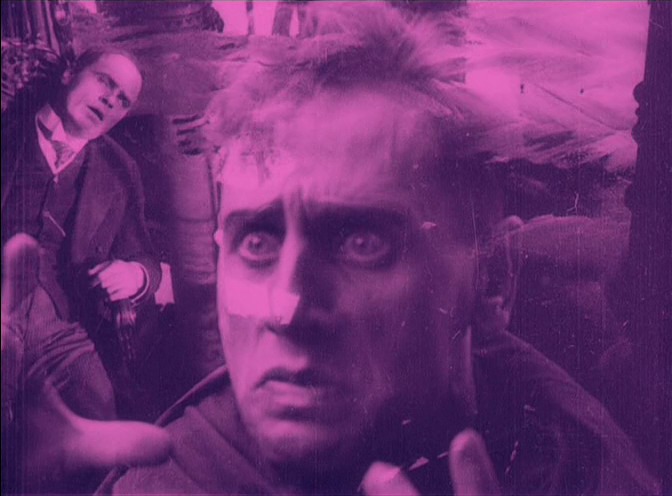
Thus, for instance, it’s shown Chantal Akerman’s Jeanne Dielman (1975), recently anointed as the greatest film of all time in the 2022 Sight & Sound critics’ poll (this year’s Ivac is showing Beau Travail (1999), which came seventh in the same poll) – but it’s also shown extremely esoteric, plotless, experimental shorts, often enfolded in programmes with titles like ‘Transgressing Thresholds: Experimental Film & the American West(ern)’.
It’s not that such films are unavailable in New York or London – but they’re typically shown in museums or art installations, to a specialised audience often composed of academics or fellow filmmakers.
You’d be hard-pressed to find an Ivac equivalent – which is to say an eclectic, state-funded (entrance has always been free), open-to-all annual festival, treating random locals to, say, Decasia by Bill Morrison, a plotless collage of decaying silent movies that also operates as a meditation on mortality.
This shouldn’t happen in Nicosia – “the ultimate middle-class city,” to quote its mayor Prountzos from a few days ago, a city “of civil servants, accountants and lawyers”. (Why the festival doesn’t also travel to Limassol, with its higher population of bon vivant expats, is anyone’s guess.) We don’t have the art scene to support such a festival, or the cultural curiosity to sustain it. Ivac is a glorious aberration, a total fluke, a miracle. It shouldn’t even be here – yet it just keeps going.
The first edition, in 2002, came with the moniker ‘From Avant-Garde to Underground Cinema’. The programme included Soviet and Japanese films from the 1920s and 30s, plus a selection from the ‘Brighton School Film Movement’ which was active in the Brighton and Hove area from 1896 to 1910!
I admit I skipped all that, despite fancying myself as a serious film buff – though I did watch Hallelujah the Hills (1963), a larky underground film by Adolfas Mekas which was actually screened again in 2010, in a programme by another curator. That was presumably an accident – yet it also goes to show how eclectic the programming is, so that even the organisers themselves sometimes forget what they’ve already shown.
Ivac has shown Chantal Akerman, as already mentioned. It’s shown Possession by Andrzej Zulawski, the mind-blowing 1981 cult movie with a famously histrionic – not to say insane – Isabelle Adjani performance.
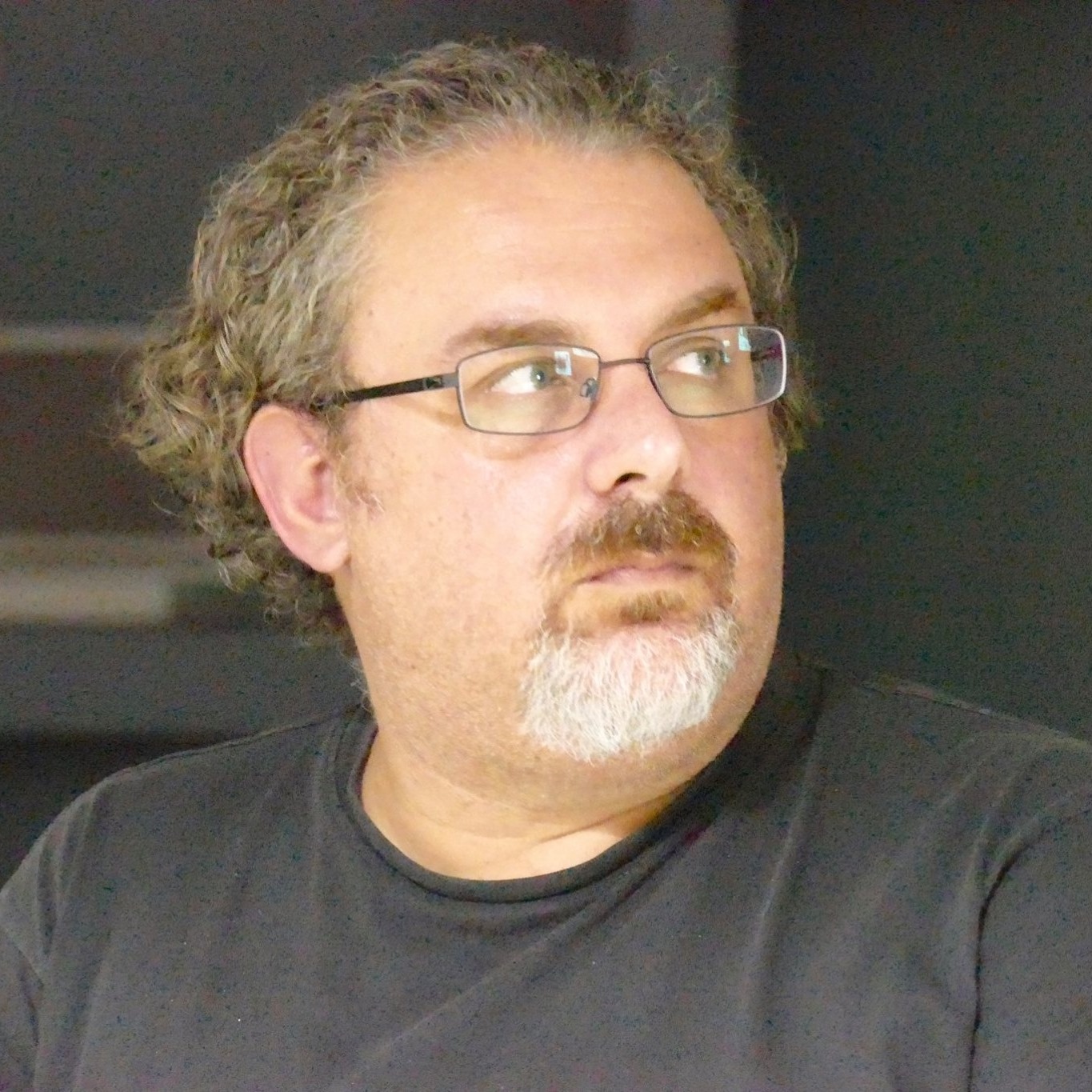
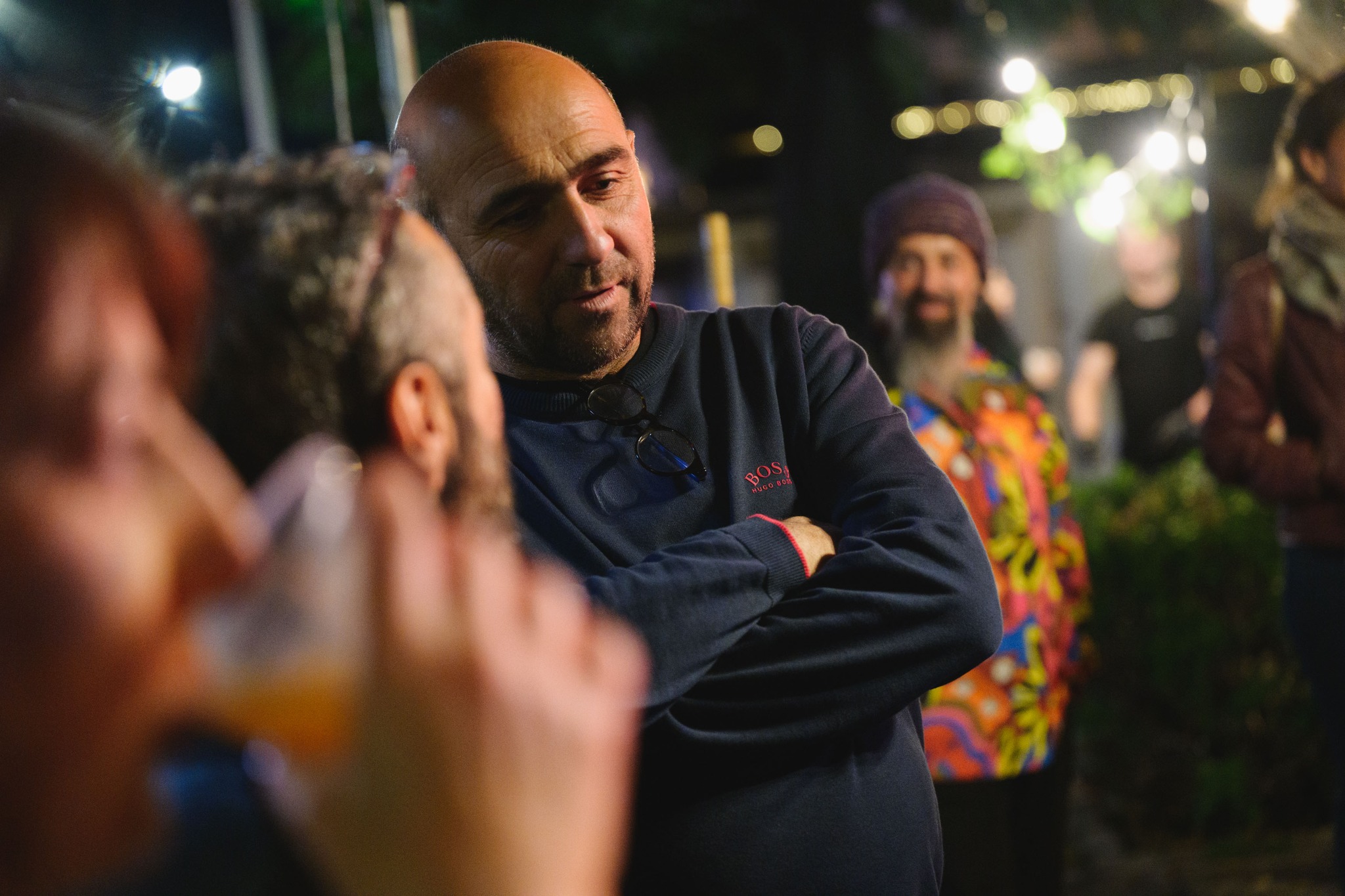
It’s shown Ken Russell, Seijun Suzuki, Peter Greenaway, Marco Ferreri. This year’s programme includes a tribute to the late David Lynch (whose work has appeared a number of times), just like, in 2023, the festival went all-out on the recently deceased Jean-Luc Godard – who surely doesn’t count as ‘alternative’, but what’s a little definitional abuse between friends?
Over the years, we’ve had John Waters (though not Pink Flamingos, with its you-know-what scene), Mario Bava, Pier Paolo Pasolini, Guy Maddin, Bruno Dumont, Georges Méliès, Jean Rouch, Agnes Varda, Derek Jarman… And that’s just a sample of the more mainstream names. It’s been, quite literally, an education.
Even Covid couldn’t shake this amazing festival – though that’s actually because it switched from June to February for a couple of years, 2018-20.
Ivac’s had ups and downs, like any active 23-year-old. Theatro Ena was the venue for its first 14 years, then it moved to the Weaving Mill near Faneromeni – a very different experience, not a traditional theatre space but a book-lined room that felt like watching movies in a library.
Veterans compare the different periods like wine buffs appraising vintages. Seats at the Weaving Mill were vastly more comfortable – especially if you went early enough to snag one of the sofas right in front of the screen – but noise levels were higher, with passing cars not just audible but also casting shadows that skittered and flashed across the room. Looking back, that’s probably why the dates changed in 2018, to avoid the early-summer light that filtered through at the Weaving Mill.
That, in any case, is why there was an Ivac 2020, in February just before the pandemic. (I recall seeing Soft Fiction (1979), a magnificently tactile hour-long film described as “a personal documentary that brilliantly portrays the survival power of female sensuality”.) The next year, however, there were restrictions in force – so the festival, now back in June, moved to the courtyard of Hambis, its current home.
The reasons were presumably Covid-related, an outdoor space being safer – but it turned out to be a blessing in disguise.
The open-air setting is actually ideal for Ivac, not just punctuating movies with prowling cats and a sky full of stars, but also adding a summer casualness to go with the casual vibe.
Doros Demetriou – a curator since 2016 – recalls what happened in 2021. He’d co-curated a tribute to Alice Guy-Blaché, “the first woman creator of cinema”. These were short, mostly comedic French shorts from the first decade of the 20th century – and they played, incredibly, to a full house, partly because Covid measures set a ceiling on audience numbers, but also because people were just so frustrated by lockdowns and craving escape.
“It was very touching,” he says. “And it was impressive that people were watching films from 1905, 1906 – and they were laughing… They were responding to this.”
That’s indeed quite impressive – though it also touches on another point: that Ivac isn’t always for everyone, and the audience isn’t always too appreciative.
Walkouts are common, linked to the fact that entrance is free. The vibe is informal in general, with people coming in and dropping out. (Walking out is fine; chatting or being disruptive is not fine, especially in an open-air space where voices carry.) He doesn’t take it personally, says Doros – and in fact it’s something of an in-joke among regulars that the films are sometimes punishing (if visually trippy), and a badge of honour to have sat through an entire programme.
Nicosia cinephile Marios Petrondas, among the hardcore buffs who’ve attended every Ivac, recalls an intro by Chris Zimmerman – a US academic who became one of the festival’s staunchest friends, curating films for about a decade – during the Weaving Mill days.
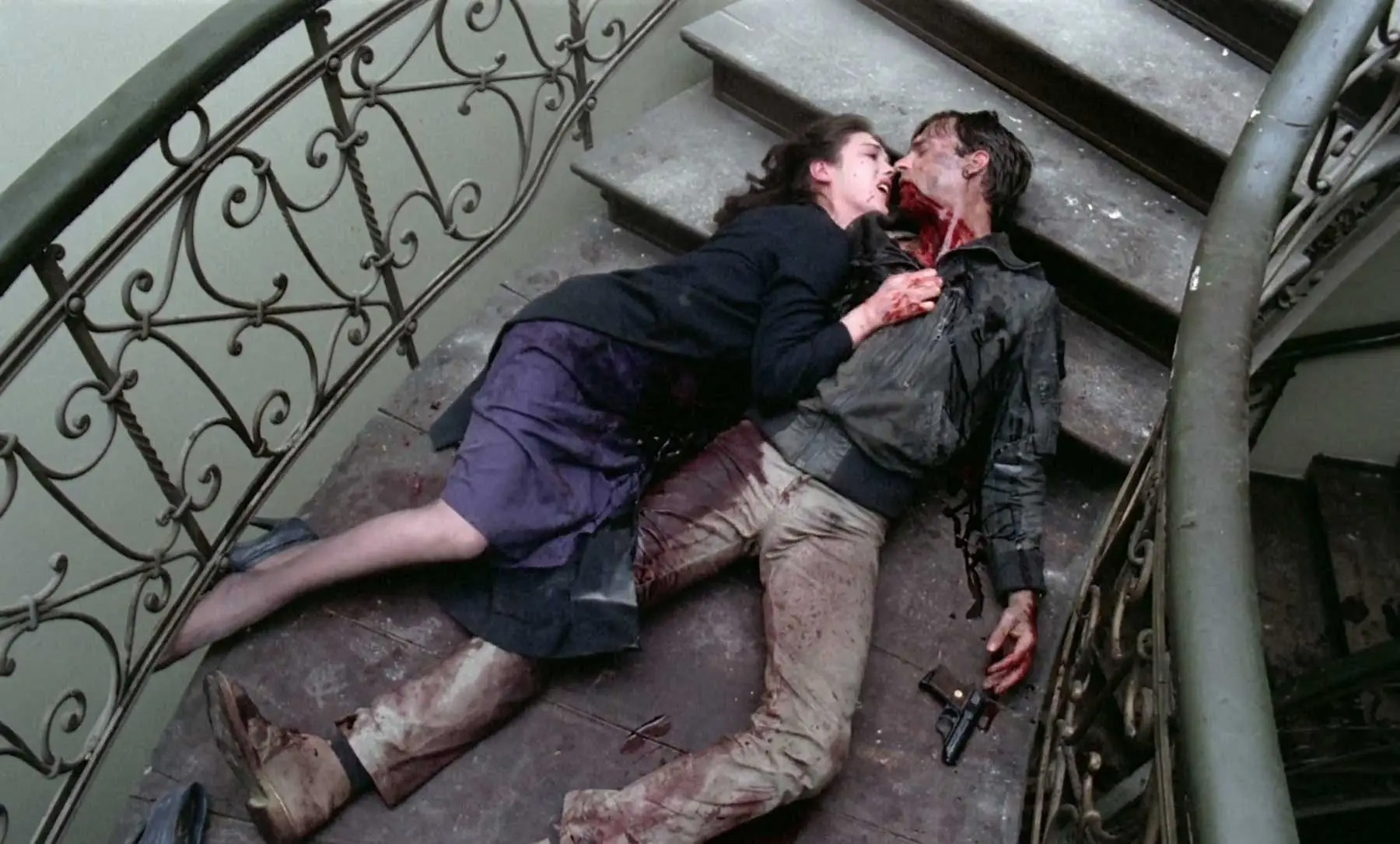
“Bring your friends,” he urged the audience playfully. “Bring your parents. Bring your exes. Bring your relatives. I’m sure we can make them all suffer!”
Even the films themselves sometimes admit to being difficult. Ivac 2009 showed Guy Debord, a French theorist whose films are philosophically dense but also dryly humorous – and I’m sure I laughed out loud, in a film with the daunting title In girum imus nocte et consumimur igni, when the screen suddenly goes dark and Debord supplies only this caption: “HERE THE SPECTATORS, DEPRIVED OF EVERYTHING, WILL ALSO BE DEPRIVED OF IMAGES”.
Still, says Yiangos Hadjiyiannis, there’s never been any thought of changing Ivac to make it more commercial. “We appreciate that it’s a festival directed at very fanatical cinephiles, let’s say,” he admits. “It’s a small audience. It’s never going to be for the mass audience that’s interested in conventional cinema.
“What keeps us going, and gives us the strength to continue, is that there are some – not many, but some – diehard friends of the festival. Those who look forward to it every year, and support it… There’s a small but devoted audience.”
The formidably efficient Yiangos, founder of Brave New Culture, has overseen every single edition, working with the curators and Elena Christodoulidou (another Ivac mainstay) at the deputy ministry – and making much of an annual budget that’s only about €12,000, most of which goes on obtaining rights and printing the extensive programme book that accompanies every festival.
That’s the other reason why there’s (almost) nothing else in Cyprus like Ivac: because it’s so idealistic. Curators, even those from abroad – like Zimmerman or Canadian writer Chris Robinson, who’s here from Ottawa to present an animation programme this year – receive only nominal fees. “We mostly do it out of a love of cinema,” says Doros. “Not for the money.” Again, it shouldn’t work but it does; 23 years and counting.
That’s a long time from which to pick highlights – but interaction with the filmmakers seems to stick in the memory most.
Yiangos recalls the “incredible presence” of Armenian documentarian Artavazd Peleshyan, a festival guest in 2008. (Another Armenian filmmaker, Mariya Saakyan, is in this year’s edition.) I myself recall an interview, in French, with 81-year-old Marceline Loridan-Ivens in 2009, talking not just of her late husband Joris – whose films were being screened at the festival – but her own experience as a Holocaust survivor.
Marios cites US-born Eva Stefani, who led an excellent workshop in 2019, plus Nicosia-born Katerina Kana (Ivac 2015) – not just an artist but also the girl in Pulp’s ‘Common People’, the one who “came from Greece, she had a thirst for knowledge / She studied sculpture at St. Martin’s College”! A legend in our midst.
What can you say about this miraculous festival? That it’s survived so long due entirely to the selfless dedication of a handful of people? That it could only exist in a place with a state-funded culture sector? That it’s important, above all, for the young, for aspiring filmmakers – to show them the power of the medium, and how far it extends beyond mainstream cinema?
Alas, young people are mostly on TikTok these days. Still, there are exceptions. “It’s been mostly the same faces for the past 25 years,” admits Marios the cinephile, “but every year, little by little, some new people do appear”. Looks like Ivac may be becoming popular. Hopefully not too popular.
(For more information on this year’s festival, go to https://www.facebook.com/ImagesViewsOfAlternativeCinemaFilmFestival)

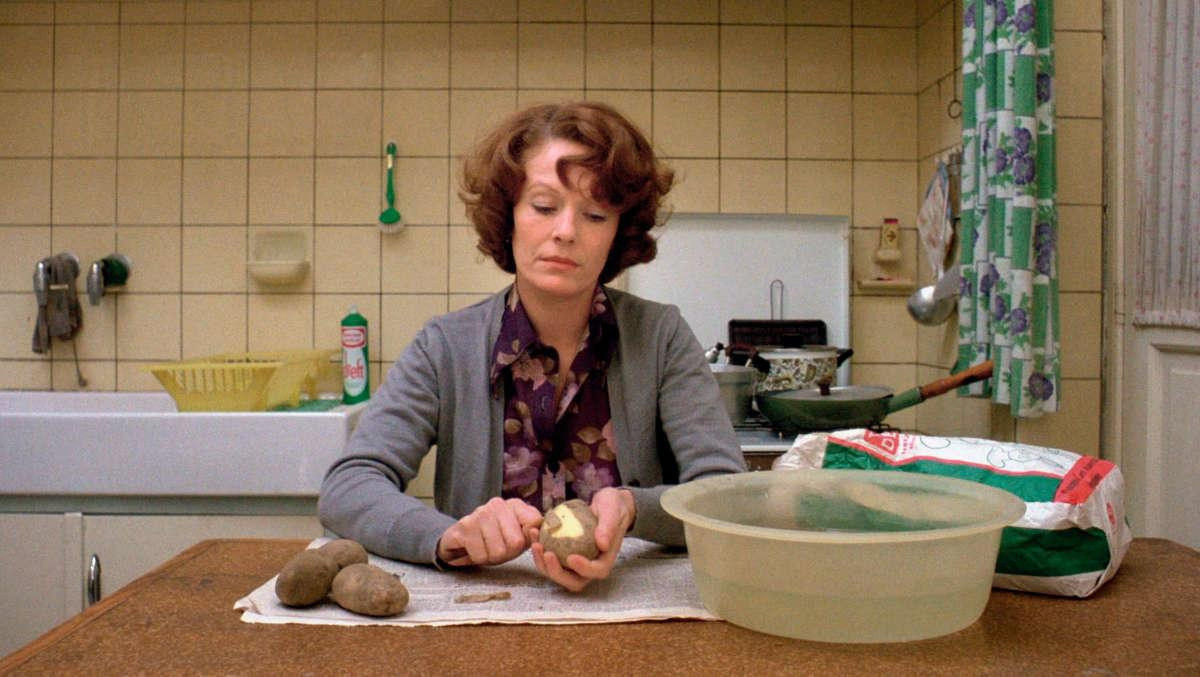
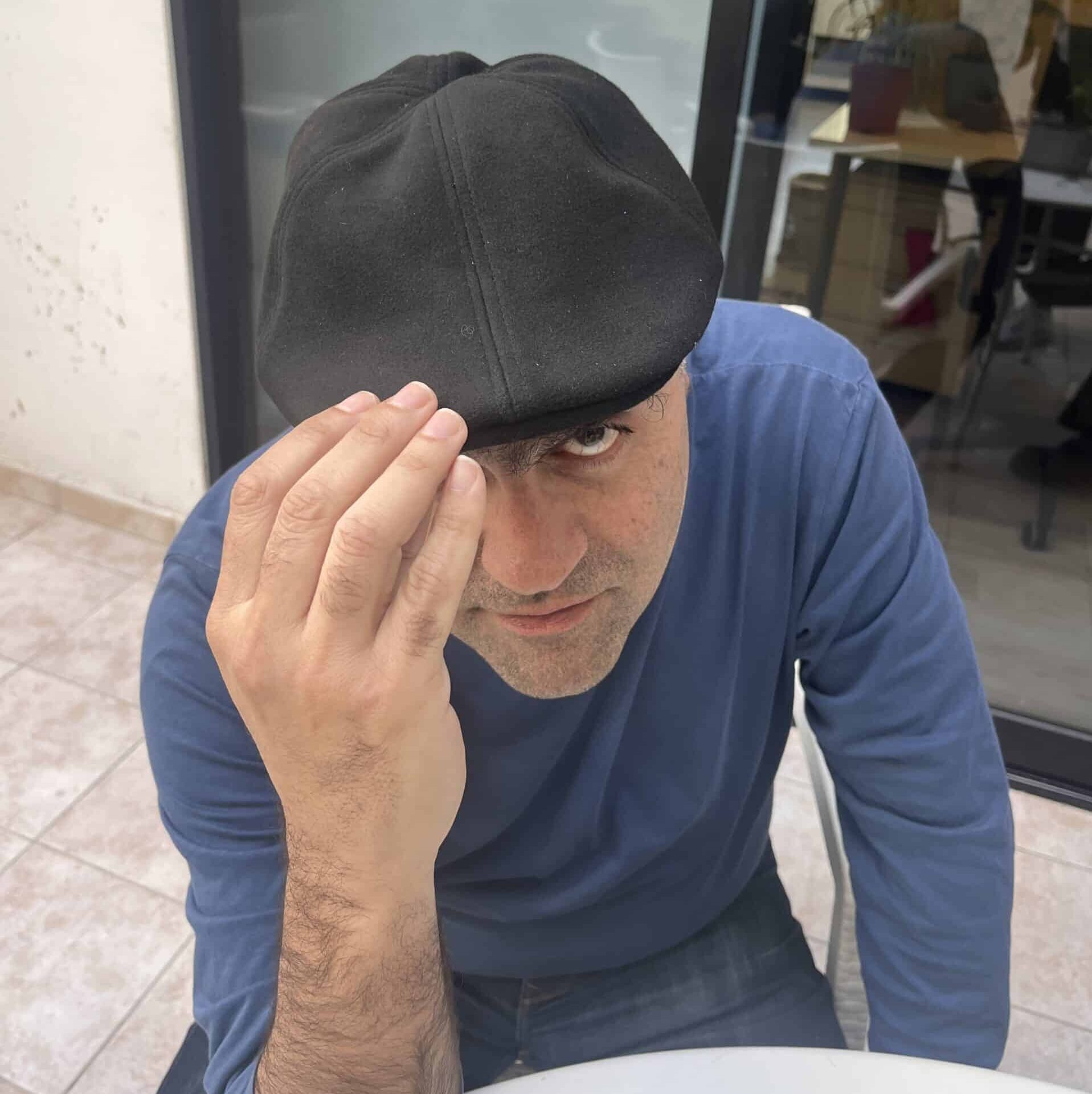
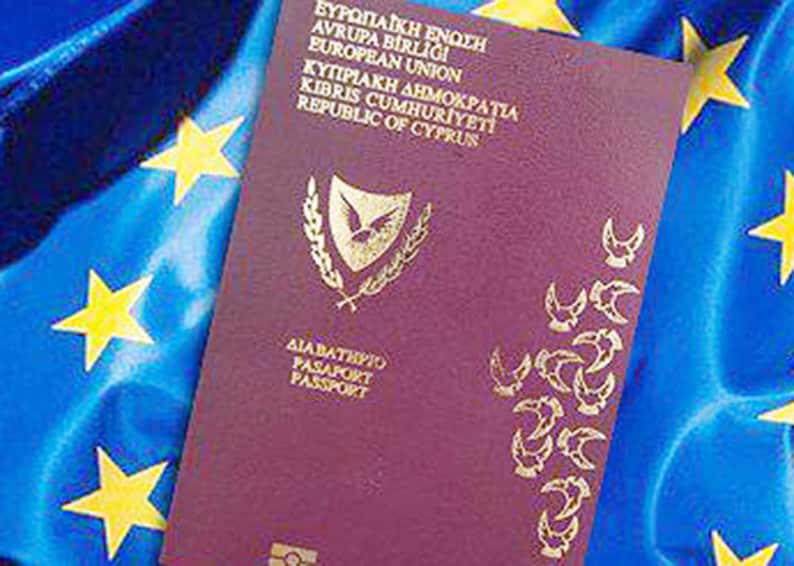
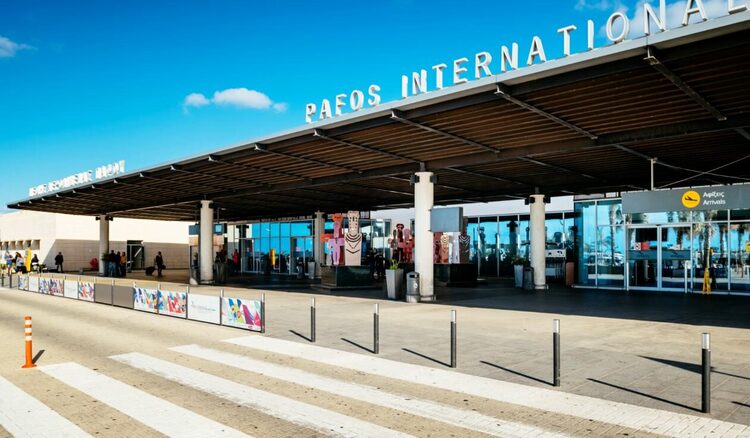
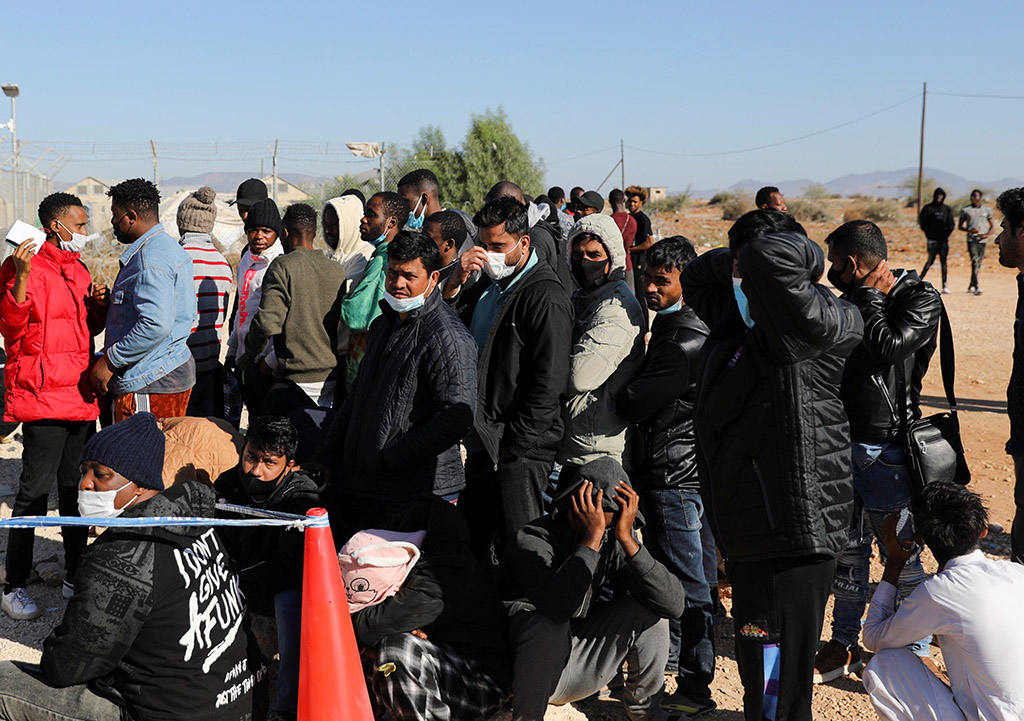
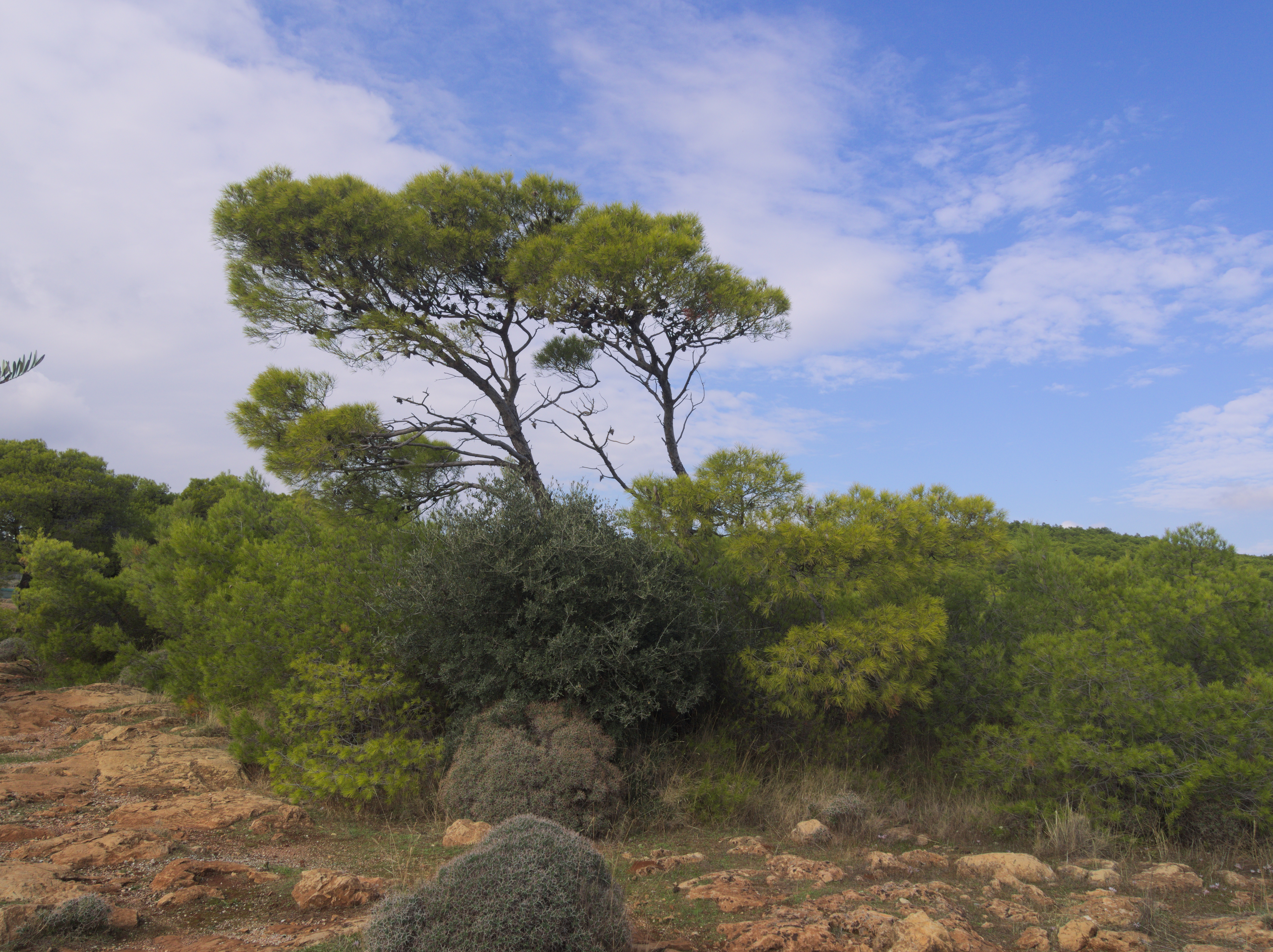
Click here to change your cookie preferences